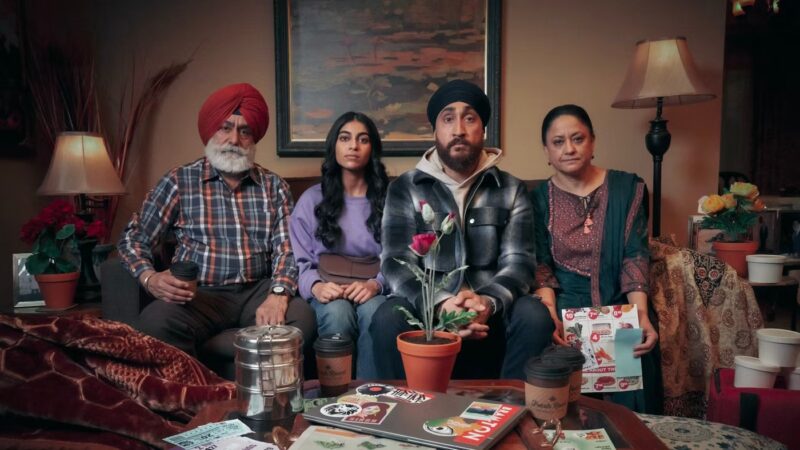Late Bloomer: Jasmeet Raina’s Breakthrough as a Screen Auteur
The former YouTube sensation transforms his digital fame into a nuanced, critically acclaimed series that redefines South Asian Canadian storytelling — with Season 3 already on the horizon.
Written By Sunny Gill | Published by IFFSA Toronto
In the noisy churn of the internet, few Canadian creators have managed to both command massive attention and remain uncompromisingly authentic. Jasmeet Singh Raina, better known to millions as Jus Reign, is one of those rare figures. For over a decade, Raina’s YouTube sketches and social commentary have captured the absurdities of cultural duality — the push and pull between immigrant heritage and North American modernity — with razor-sharp wit and disarming warmth. But with Late Bloomer, Raina steps into a different arena: the long-form, narrative screen space, bringing with him a maturity and cinematic sensibility that surprises even long-time fans.
Premiering to acclaim, Late Bloomer is more than just a semi-autobiographical comedy about a young Punjabi-Canadian man trying to find his footing. It’s a nuanced dissection of identity-building in the age of perpetual visibility. Raina plays with familiar tropes — the overbearing family, the double life, the relentless self-questioning — but resists easy punchlines. Instead, he lingers in awkward silences, invites discomfort, and lets the comedy emerge from the slow, human work of negotiating belonging.

Season two marks a particularly significant shift: Raina takes the reins as director, infusing the series with a more deliberate visual language. The frame is no longer simply a vessel for jokes; it becomes an active participant in the storytelling. The camera hangs back in moments of alienation, closing in only when a character allows themselves to be vulnerable. It’s an aesthetic choice that reflects the dual pressures of diaspora life: the public performance of identity and the private reckoning with self.
What makes Late Bloomer so compelling is how deftly it bridges audiences. For South Asian-Canadian viewers, it offers a reflection of familiar family dynamics, social codes, and generational tensions — rendered without the flattening stereotypes that often plague mainstream portrayals. For others, it’s an invitation to witness the specificity of a lived experience, without explanatory asides or diluted edges. The humour lands universally, but it is rooted in a cultural grammar Raina refuses to dilute.

Raina’s leap from viral sketches to the demands of serialized, scripted storytelling is not just a career move — it’s a statement. It asserts that Canadian diasporic narratives deserve the same investment, the same aesthetic ambition, as any other corner of the cultural landscape. In this way, Late Bloomer participates in a broader reshaping of Canadian screen identity, one in which the multiplicity of voices is not a token gesture but a given.
If Late Bloomer feels like a breakthrough, it’s because it is — not just for Raina, but for an industry still learning how to make space for stories that don’t fit neatly into inherited templates. This is storytelling with roots and reach, as comfortable with a pause as with a punchline. And in centring a protagonist still figuring himself out, Raina reminds us that growth, like art, doesn’t follow a fixed timeline. Some things — and some voices — are worth the wait.